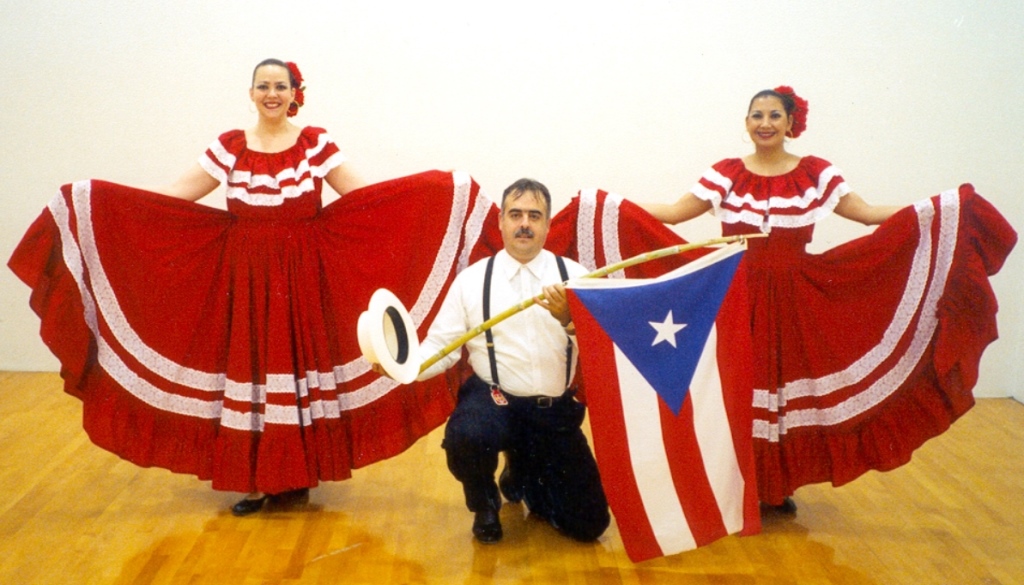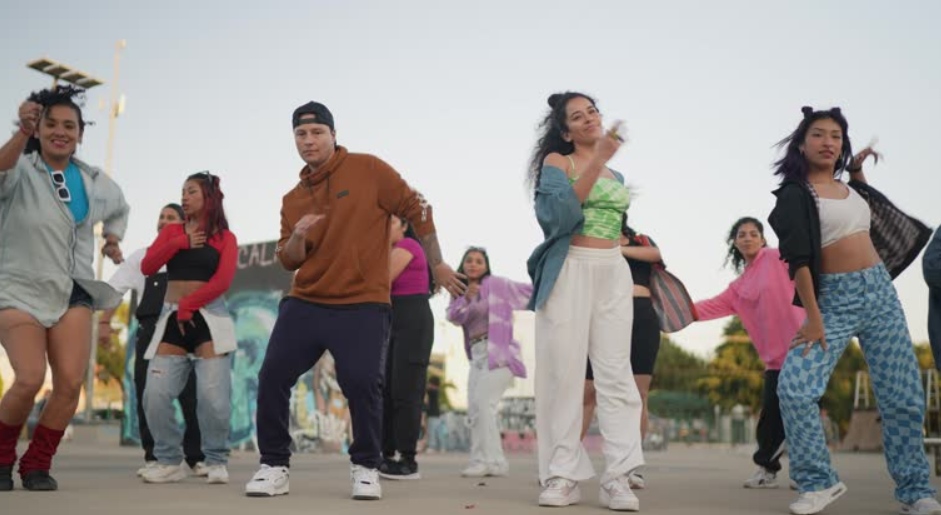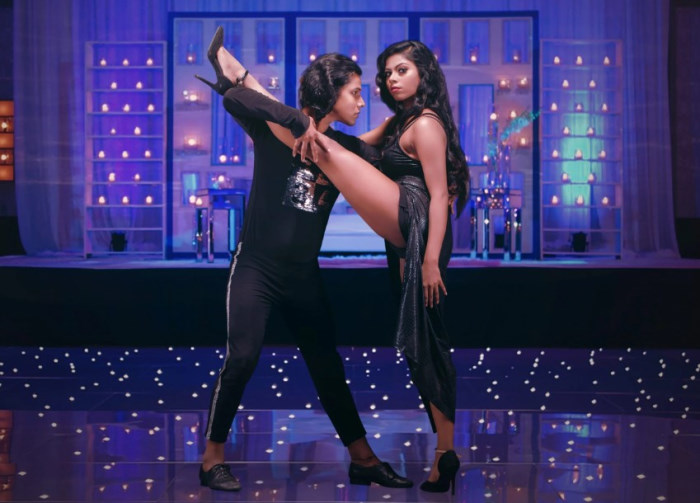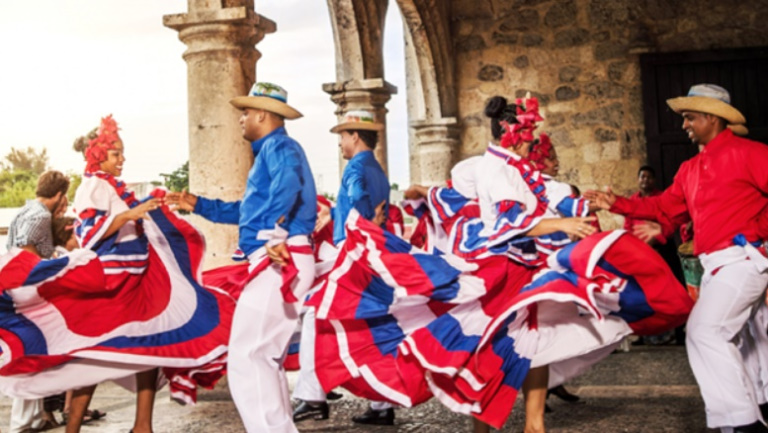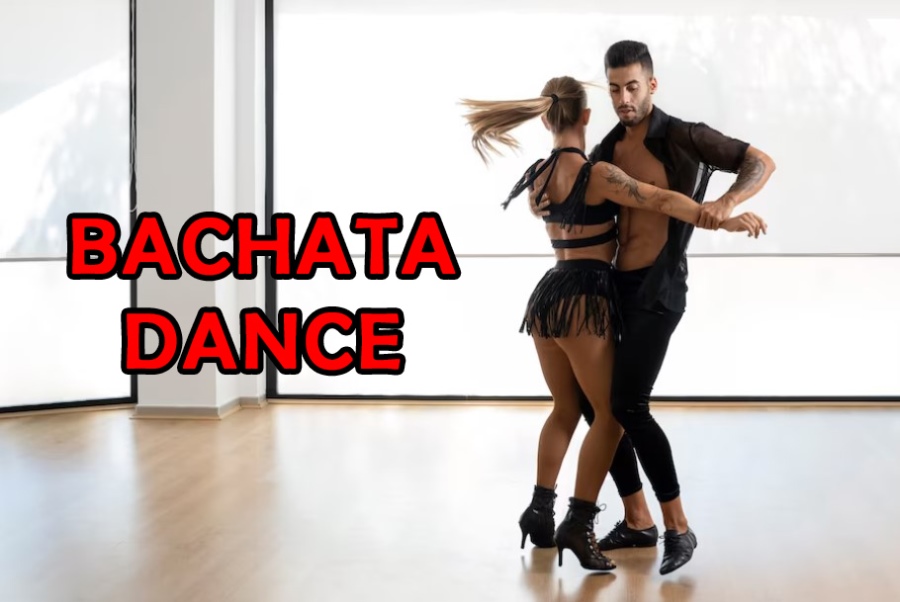Puerto Rico is the place to be for people who love music and dancing. The compilation of traditional Puerto Rican dances extends beyond the popular salsa with couples moving to sensual and energetic tunes.
With Spanish, West African, and Taino roots in the culture, everyone who visits this land is bound to witness equally captivating dances.
Table of Contents
List Of Traditional Puerto Rican Dances
Bomba – The national dance of Puerto Rico
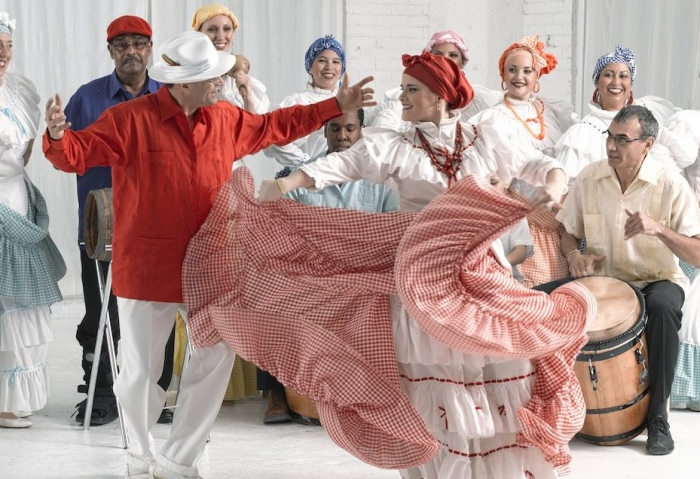
A generous part of Puerto Rican heritage lies within the Bomba dance, which is also recognized as the national dance of Puerto Rico.
It originated during the Spanish colonization around the end of the 1700s, performed and maintained by enslaved West Africans who worked in sugarcane fields and refining mills.
The workers used music played with drums and fiery dance moves to express their anger and sadness toward the oppressive system.
Later, researchers described a Bomba performance as a conversation between the musician and the dancer, which means it can go on as long as the performers want to keep it up.
The most important aspect of Bomba is its freedom and spontaneity. The dancer is in control and encouraged to release their intense sentiments through firm and elegant movements.
The respect they held for their origins and the messages they conveyed made the audience unable to look away.
Recently, the Bomba dance has been revived with many dance groups bringing it back either in its original form or refurbished version with other dance styles incorporated into the routine.
You will find Bomba performers in white clothes with signature Puerto Rican details. The way female dancers use the seams of their dresses or skirts is a crucial part of the dance.
Check more: 9 Popular Russian Folk Dances
Décima
The Décima music is traditionally for Puerto Rican holidays, heavily influenced by the European music genres and recorded in the 17th century when colonization occurred.
The tune is typically played by guitar, cuatro, and güiro and is usually referred to as countryside music. There is also a particular set of rules for the composition, so one can say the lyrics of these songs tend to be poetic.
In a few countries speaking the Spanish language, people write and recite Décima, and sometimes they read or sing the poems as well. However, Puerto Rican Décima poems can also be improvised yet rarely read.
For the dance, women and men would form lines facing each other. The steps would have them crossing to the other line and back as well.
Through Décima dance and music, people honor love, beautiful landscapes, impressive achievements, and hopeful cheers.
Plena
Plena is a Puerto Rican music with various origins. Nonetheless, most people believe it has a deep root in the Bomba genre, originating later in the beginning of the 20th century.
Compared to Bomba, Plena has simpler rhythms yet more diverse percussions due to the handheld drums (like tambourines) called panderetas. The topic for its lyrics is more colorful too, ranging from current events to criticism of the government.
During the 1917 – 1930 period, the authorities tried to ban and restrict Plena due to accusations from the elites, saying Plena’s music was too indecent to be left unsupervised.
However, the impact of its narrative nature and the connection it has with the burdens and struggles weighing on the coastal towns were undeniable. And it eventually became a cultural icon of Puerto Rico.
You can do the Plena as a solo dancer. The dance is not the primary part as it is in the Bomba dance. But while Plena is still choreographed a couple more often, its pace is more intense as well.
Reggaetón
Compared to the aforementioned genres, Reggaetón is quite young, having appeared only in the last decades of the 20th century. Its first traces took us to Panamá before Puerto Rican composers and musicians popularized it.
The importance of percussive and bass instruments with the presence of rap easily earned a position in the “underground” and contributed to creating an outlet of emotion and creativity for young people.
The dance focuses on grinding, usually with the male standing behind the female as she uses her bottom to interact with his pelvis zone.
It is strongly against the tradition of partners facing each other while dancing and during its early era, it was shocking for the audience.
Unsurprisingly, governmental organizations have banned Reggaetón in the past because they found it overly aggressive and obscene. The Department of Education even forbade students from wearing baggy clothes and listening to relevant music.
Today, Reggaetón is considered one of the most well-known music genres among Spanish-speaking countries in the Caribbean region.
Many artists have followed the Reggaetón style and become utterly famous, cleverly combining the original genre with R&B vocals and rap verses.
Salsa
If you say Salsa is the most popular dance in Puerto Rico, many people will agree with you. Puerto Rico never lacks gathering places for salsa nights, and you can easily find a free class to learn the basics.
“Salsa” is directly translated to “sauce” in English, usually playfully used as an explanation for how spicy and flavorful this dance is.
Various sources indicated that it was developed in New York by a community of Puerto Rican folks.
Dance experts spot the similarities between Salsa and Cumbia or Mambo due to the agile footwork, swaying hips, and unpredictable turns wrapped in eight-count beats.
However, the pace of the dance highly depends on how the band or the orchestra plays. There are also many cases where both of them are combined in one ensemble. The tune played can be extremely mellow or fast.
Merengue
Merengue is the national dance of Dominica with an influence reaching beyond the country’s territory.
After it invaded Puerto Rico, its two-step foundation and waltz position were modified into side steps with various turns and twists, thus making the dance more entertaining.
During the time Dominican elites disapproved of Merengue, Puerto Rican authorities also banned it and even set a 10-day sentence in prison for anyone who dared to cross the boundary.
The reason they gave for these actions was the overly scandalous hip movements in the choreography being too inappropriate for ballrooms.
Most forms of Salsa are executed in a closed position, which means the couple will face each other and retain an intimate distance.
By bending their knees side to side, they will have control over how their hips swing while moving in the same direction.
Depending on the routine or the lead, the performers can go sideways or circle each other. They are also encouraged to release one hand and switch to an open position with solo turns. This freedom of movement leaves room for creativity.
The original Merengue music was played by acoustic bands and changes occurred with time. The guitar was an indispensable part of Merengue throughout the 20th century, but accordions took the lead in the 1940s – 1950s.
Bachata
Bachata is another dance with roots in the Dominican Republic and the music bearing the same name. The dance is strictly in a closed position, sometimes involving contact between the performers’ bellies.
The Puerto Rican Bachata is performed in shorter steps in a two-step pattern. After two side steps, you will tap your toes back, and this routine continues for as long as you want it to last.
Usually, with the tap, the dancer gives their hips a pop. These steps are usually wrapped in a small square.
It seems like the Bachata music has been steadily increasing in pace and intricacy. Dancers are not afraid to make their footwork more complicated and simplify their turns.
Free-styling is another unique aspect of Bachata as one can swing freely between closed and open positions, bouncing or without bouncing, and various placements for hands.
Bachata is also popular because of the variations it has. Each with distinctive flavors created by dance pioneers and transferred to younger dancers by interested teachers.
Conclusion
These traditional Puerto Rican dances are the embodiment of heritage here – a region where various cultures converged and evolved into something greater.
The energetic and boisterous steps coupled with the equally colorful and inspiring music never fail to capture the heart of romantic travelers.
So, are you going to be the next visitor to come and not want to leave?
